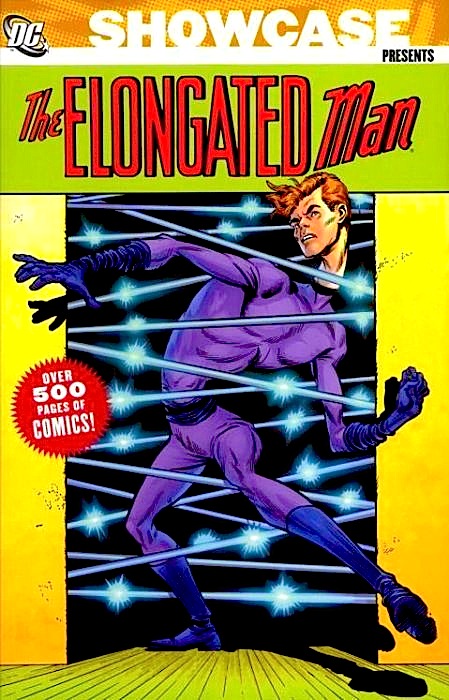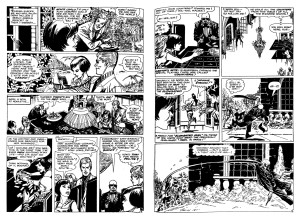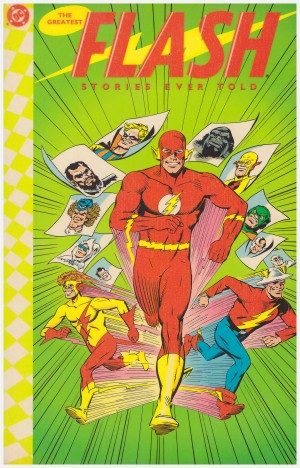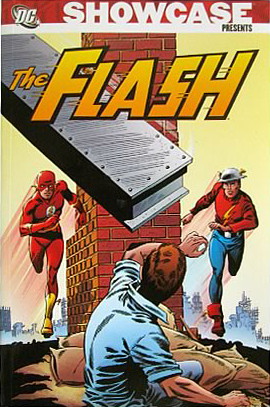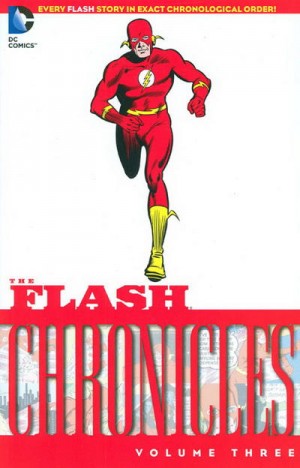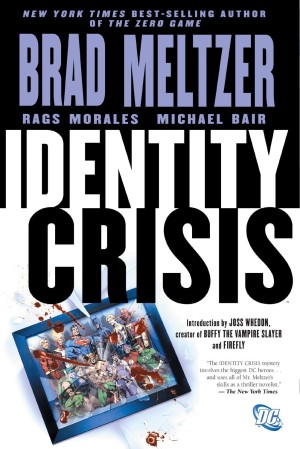Review by Woodrow Phoenix
This volume of Showcase Presents collects mid-1960s strips featuring Ralph Dibny, the Elongated Man who travels the world with his wife Sue, solving mysteries, thwarting crimes, and guest-starring in adventures with the Flash, Green Lantern, Batman and Robin, and Zatanna. What makes this volume more than just a standard Silver Age nostalgia-fest is that it features more of Carmine Infantino’s self-inked comics art than has ever been collected in one book before.
Infantino’s energetically expressionist inking of his own pencils was in total contrast to the sleekly refined, elegant sheen that his work achieved as DC’s top cover artist under the inks of his typical collaborators Murphy Anderson, Sid Greene and Joe Giella. The contrast in styles is a revelation that exchanges the slick corporate perfection associated with Infantino’s DC work for something unorthodox and more personal. This side of him is almost unknown today because editor Julius Schwarz hated Infantino’s inking: all that extravagantly gestural linework was the opposite of typical DC Comics smooth house style. As a concession, he allowed Infantino to cut loose with the more experimental look of his scratchy inks as long as they were confined to back-up strips such as ‘Detective Chimp’ in Rex the Wonder Dog, ‘Space Museum’ in Strange Adventures, ‘Pow Wow Smith’ in Western Comics and here on these Elongated Man episodes.
Ralph Dibny, a former entertainer turned chemist and amateur detective, gains stretching powers as the Elongated Man from a serum he invents after studying what contortionists eat. Enjoying the attention he attracts by being a superhero he stops wearing a facemask, the first superhero to dispense with the secret-identity routine (and the first DC hero to be married). After initial team-ups with Flash and Kid Flash, Ralph graduates to solo stories. Gardner Fox and John Broome’s scripts for this atypical character are light, care-free escapades for Ralph and Sue, independently wealthy travellers who encounter bizarre mysteries that make Ralph’s mystery-sniffing nose start to twitch. Sue Dibny generally observes how they can’t go anywhere without stumbling across something needing investigation, hands over Ralph’s uniform and the chase commences.
Infantino slices his panels into elegant verticals and horizontals intersected by the diagonal limbs of Elongated Man stretching through beautifully rendered backgrounds of urban landscapes. The international backdrops of buildings, cars, interior design and clothing styles of the 1960s are glamorously depicted in images that glide like fashion magazine illustrations rather than detective stories. His last solo art in this volume is ‘Truth Behind the False Faces’ from October 1966. It’s only when you read the remaining stories drawn by Sid Greene, Gil Kane, Irv Novick, Murphy Anderson, Neal Adams and Mike Sekowsky that it becomes clear how different his approach was. The other artists draw excellent, typical superhero comics, foregrounding the action, concentrating on Ralph’s powers and getting as much drama as they can into their pages. The result is routine and forgettable – which many of these formulaic stories were, not helped by the passage of time. But Infantino’s emphasis on design and pattern, architectural form, his eye for stylish details and his sophisticated, unusual compositions elevated these simple back-up strips with their twist endings to something special.
Until a properly curated retrospective comes along, this 500-page collection of cool 1960s modernism is a surprising, eye-opening demonstration of the sensibilities that made Carmine Infantino one of the greats, at a bargain price.
